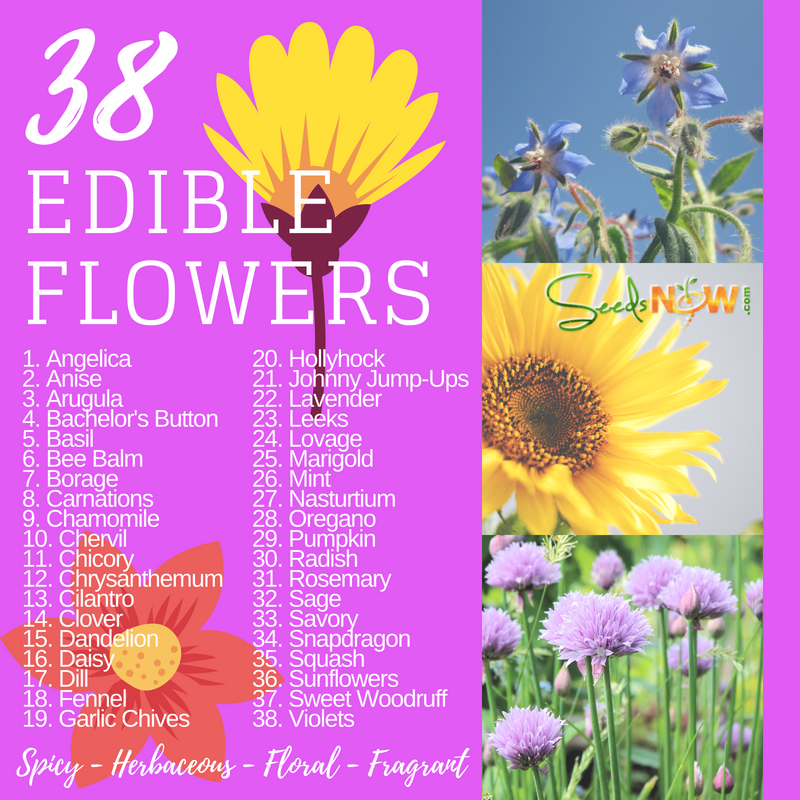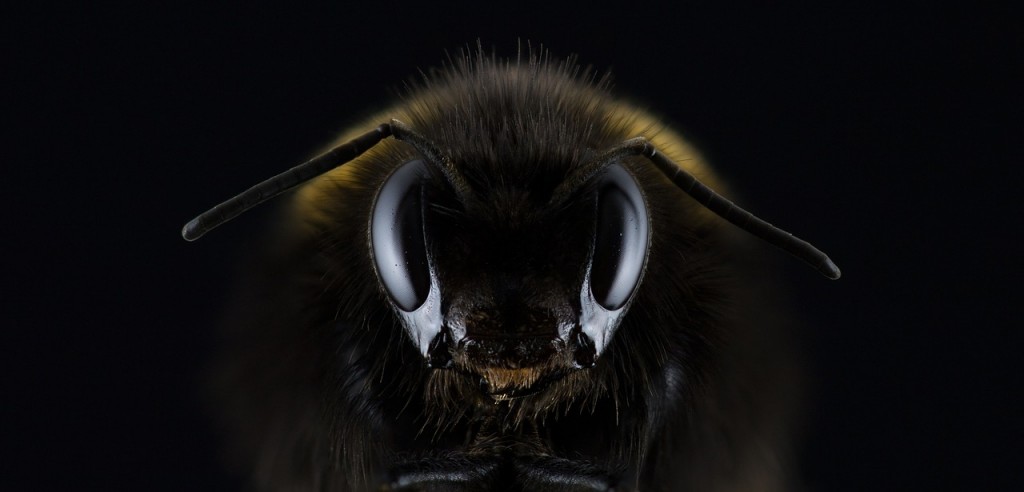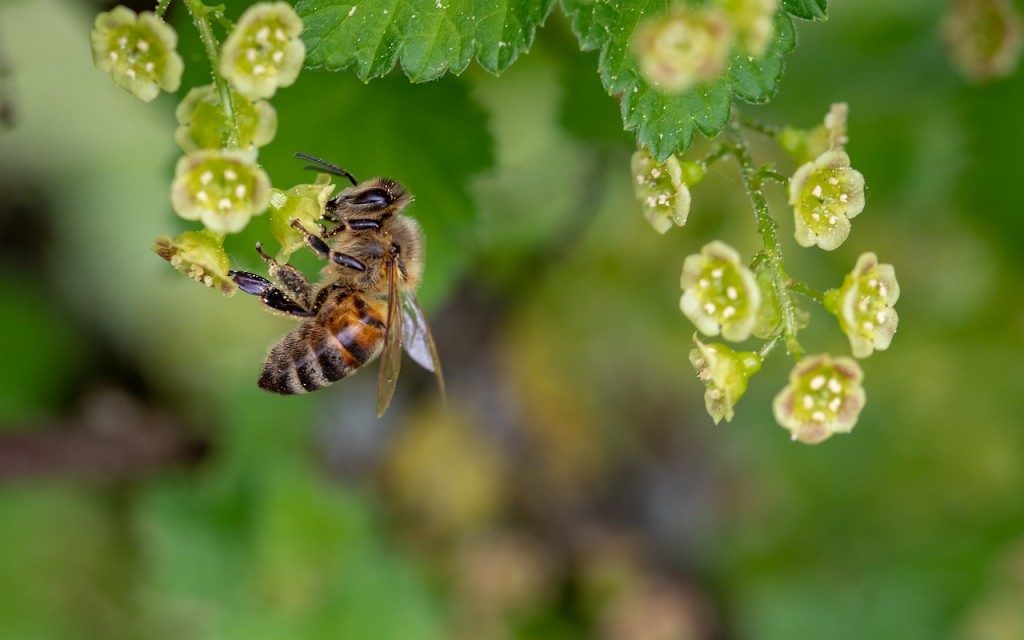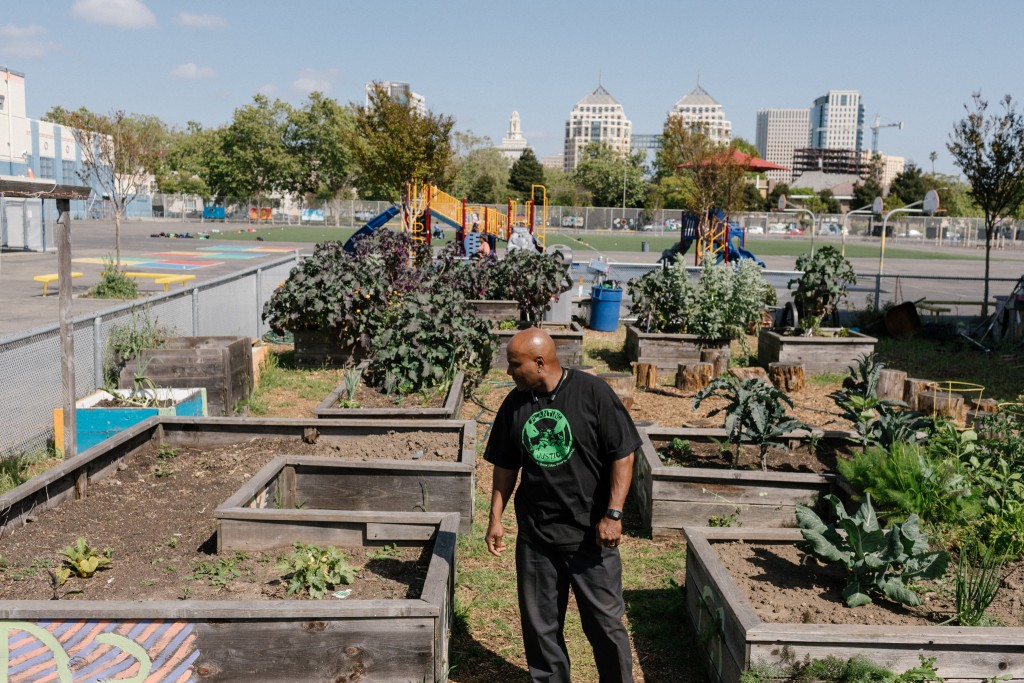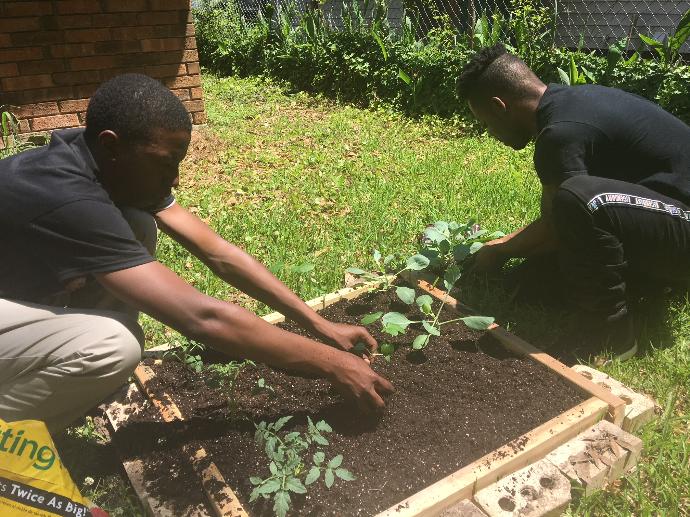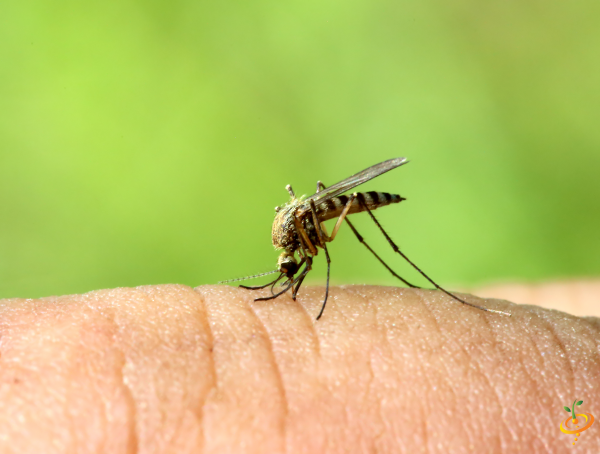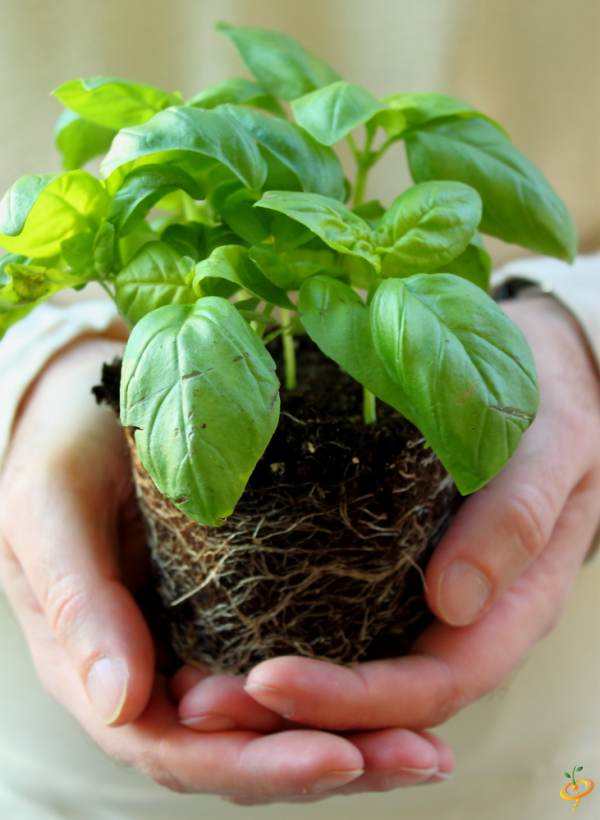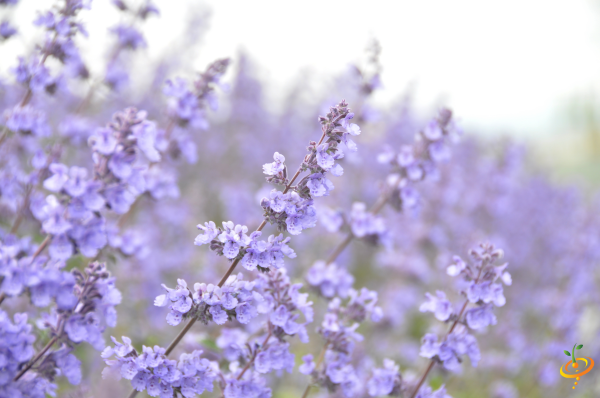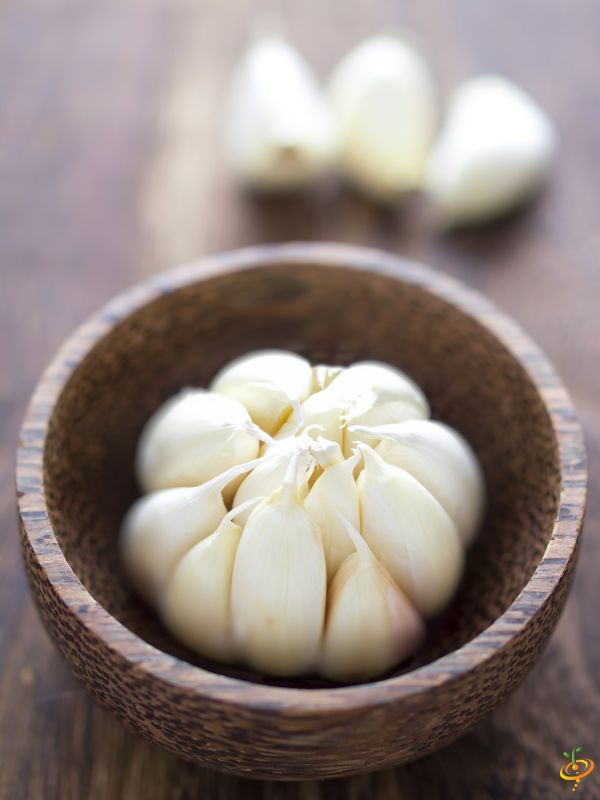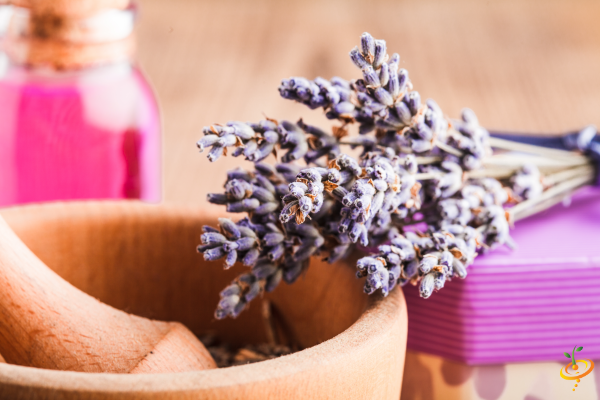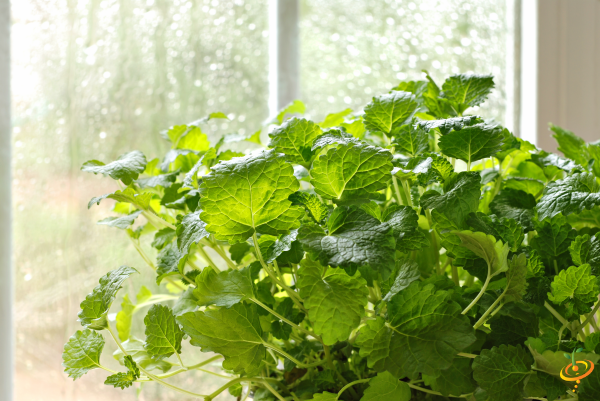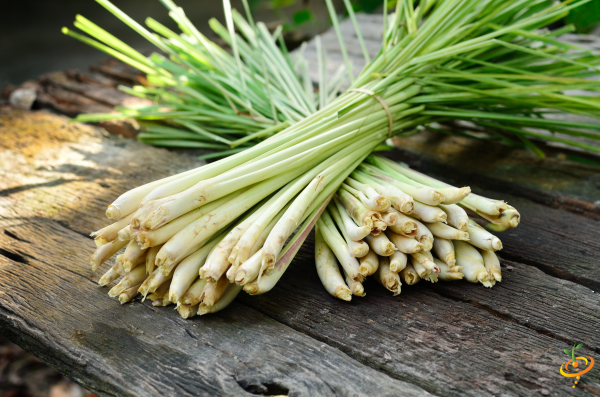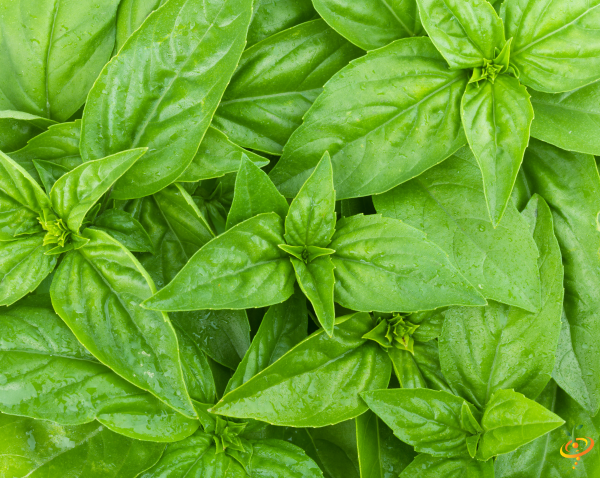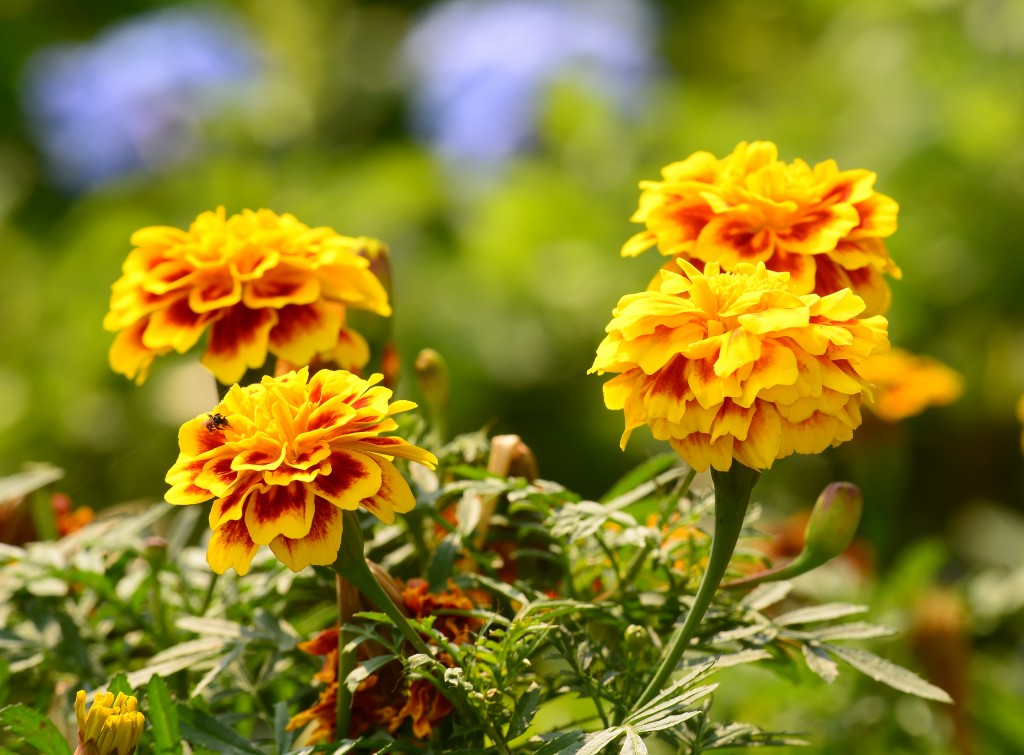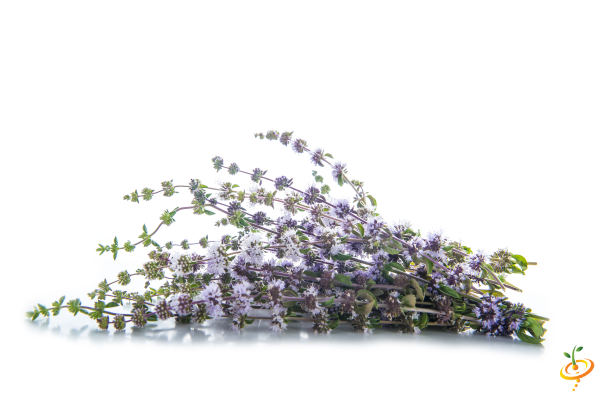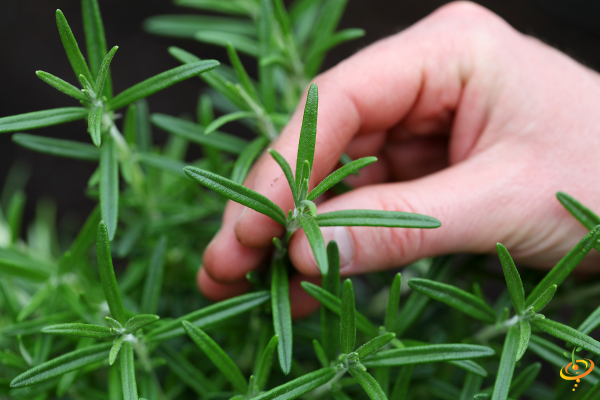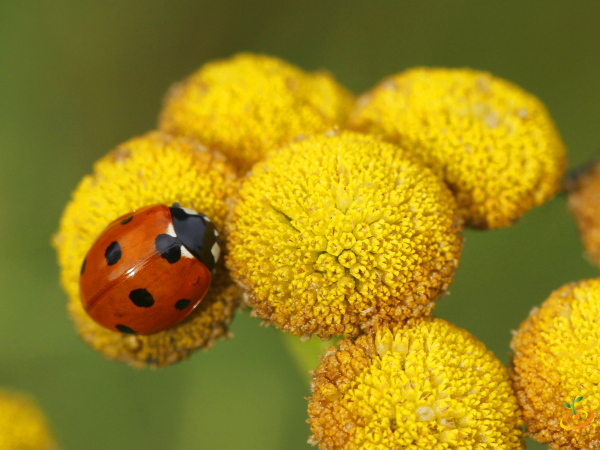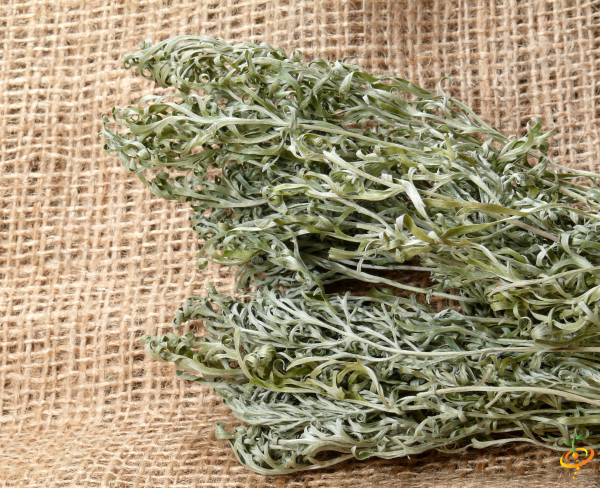Mosquitoes can quickly ruin the enjoyment of your outdoor garden experience. Ordinary repellents are full of nasty chemicals that you probably don’t want to put onto your family, and bug zappers are annoying. It also can be debated, how effective candles or incense really is.The threat of contracting a disease from a mosquito is very real. Not only are humans being infected with dangerous illnesses, so are animals including household pets. Over one million people are said to die each year from contracting diseases from mosquitoes. In the US, the most common disease is West Nile, but they also carry diseases like malaria, dengue fever, dog heartworm, chikungunya and the recent Zika Virus, which is responsible for outbreaks in tropical areas throughout the world and was found in 2015 for the
first time in the Western Hemisphere.
More can be learned about the Zika Virus, here.
To help keep mosquitoes from using your yard as a breeding ground, make sure you eliminate all standing water, trim back un-needed vegetation, and consider planting these mosquito repelling plants.
1. Basil
In addition to repelling mosquitoes, it’s also quite an attractive plant to grow.
2. Catmint
While the catmint plant does repel mosquitoes that are close, you can try adding crushed leaves or oil for even stronger protection. Watch out though, if you own cats they will probably respond to you the same way they respond to the plant itself. If you’re a cat owner, you might want to try other natural ways to deter mosquitoes.
“If you have a high allicin (garlic’s active anti-microbial ingredient) blood count, mosquitoes will refuse to engage with your blood. If you are infected, garlic can eliminate the virus because it is a proven anti-microbial, killing both viruses and bacteria. According to the good people of
zhealthinfo.com, a friend of theirs had lost a couple of horses to WNV.” -source “
NaturalNews.com“
Lavender repels mosquitoes because mosquitoes dislike the scent of the lavender plant.
For an easy homemade repellent, crush lemon balm leaves and then rub them onto your skin. Keep the plants growing near doorways where the leaves will be readily available when you need them.
Mosquitoes do not care for the fragrance of lemon grass. Grow these attractive “grasses” near walkways and near seating areas to deter them.
The leaves and their extracted juices will help to repel mosquitoes from feeding on you.
“Potted marigolds can be positioned near entrances to your home and any common mosquito entry points, such as open windows. The smell may deter mosquitoes from going past this barrier. While marigolds can be used as border plants around the patio, we do not advise putting marigolds on the patio table since the bright blooms may attract wasps.
Besides repelling mosquitoes, marigolds repel insects which prey on tomato plants, so you may want to plant a few marigolds in your tomato bed for added protection.” -source “Learn.EarthEasy.com“
“Crushed pennyroyal stems stuck in your hat and pockets really will repel gnats and mosquitoes. Dog owners often see their dogs rolling in pennyroyal patches, and dog instincts can usually be trusted.” -source
“MotherEarthNews.com“A Recipe for a Simple Rosemary Mosquito Repellent:
“A simple repellent spray is made by adding 1 cup dried rosemary to a quart of water, boiling it in a pot for 20 to 30 minutes. Pour a quart of cool water into another container (that holds at least half a gallon), then strain the rosemary water into the container. Pour small amounts of the blend into squirt bottles to apply directly to skin and outdoor pets. Store the unused portions in the refrigerator; discard it when it no longer smells strongly of rosemary.” – source “
HomeGuides.SFGate.com“
Tansy is a strong herb, beautiful & yet suitable for growing around doorways to act as an mosquito deterrent.
Wormwood can make a lovely, unique border and the strong odor does a good job of keeping mosquitoes at bay. Note: Do not rub on skin.
